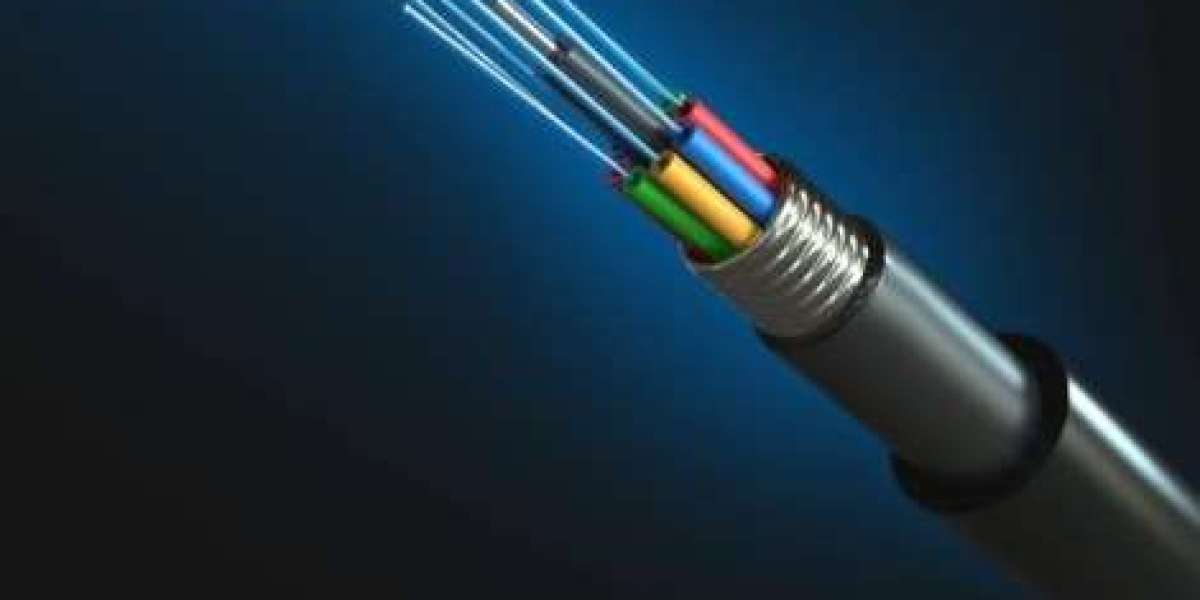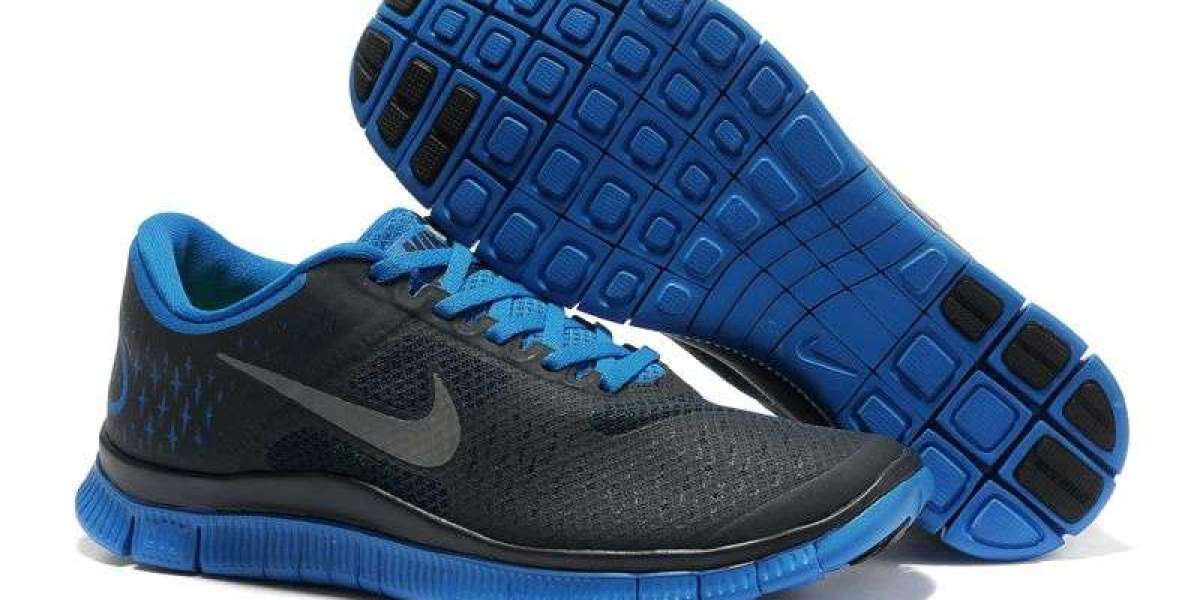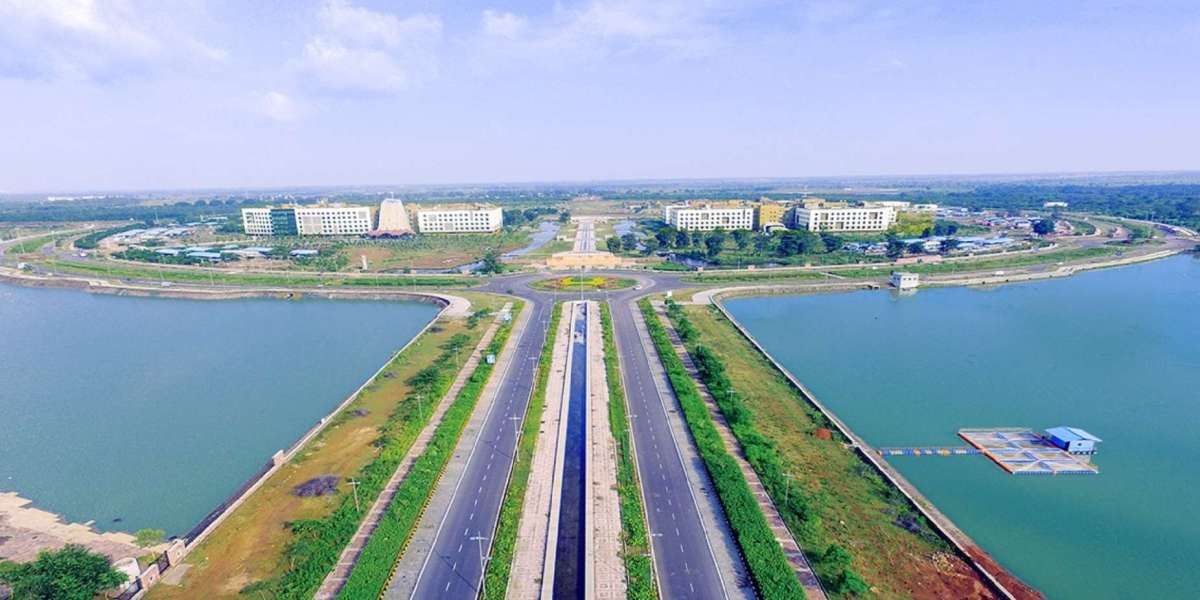Introduction
Choosing the right type of electrical cable is crucial, especially in regions like the UAE where extreme heat and demanding infrastructure projects are common. If you're searching for a cable supplier in UAE, it's important to understand the differences between copper and aluminium cables before making a decision. These two materials are the most widely used conductors in the electrical industry, and each has unique benefits and limitations.
This blog explores how copper and aluminium cables perform in hot climates, particularly in the UAE, where thermal efficiency, safety, and durability are essential.
Understanding the Basics
What Are Copper Cables?
Copper cables are known for their excellent electrical conductivity. They have been the industry standard for decades and are widely used across residential, commercial, and industrial installations. Copper’s superior conductivity and tensile strength make it a preferred choice for many engineers.
Key Benefits of Copper Cables:
High conductivity
Excellent thermal resistance
Strong and durable
Corrosion-resistant
What Are Aluminium Cables?
Aluminium cables are lighter and more cost-effective alternatives to copper. While they offer lower electrical conductivity, they are still widely used, especially where weight and flexibility are critical.
Key Benefits of Aluminium Cables:
Lightweight and flexible
Easier to handle for large-scale projects
Adequate conductivity for many applications
Lower metal fatigue in certain conditions
Performance in High Temperatures
Why Heat Matters in Cable Performance
The UAE climate features extremely high temperatures, especially during summer, with outdoor temperatures soaring above 45°C. This extreme heat can affect the performance, lifespan, and safety of cables, making thermal stability a crucial factor in cable selection.
Copper Cables in Hot Climates
Copper has a high melting point and can maintain its conductivity under extreme thermal stress. It resists oxidation and does not expand as much under heat, making it reliable in high-load and high-temperature environments.
Thermal Advantages of Copper:
Maintains electrical efficiency
Minimal expansion reduces the risk of loose connections
Better suited for critical infrastructure and outdoor installations
Aluminium Cables in Hot Climates
Aluminium has a lower melting point compared to copper and tends to expand more when heated. This expansion and contraction can cause connections to loosen over time if not properly maintained.
Thermal Limitations of Aluminium:
Higher expansion rate
Potential for overheating under continuous heavy loads
Requires careful installation to prevent performance issues
Durability and Maintenance
Longevity in Harsh Environments
Durability is a major concern for cable applications in harsh outdoor environments. Dust, sand, and heat all contribute to wear and tear.
Copper Cables:
More resistant to physical damage
Better corrosion resistance, especially in humid or salty air
Require less frequent maintenance
Aluminium Cables:
Inadequate coating could make it more prone to corrosion.
Require periodic checks to ensure connections remain tight
Not ideal for environments with high mechanical stress
Ease of Installation and Handling
Although aluminium cables are easier to handle due to their lighter weight, copper’s superior strength makes it easier to install without the risk of breakage.
Comparison:
Copper is heavier but more durable during installation
Aluminium is lighter and easier to transport, but must be handled with more care
Safety Considerations in the UAE
Fire Resistance and Conductivity
Safety is paramount when choosing cable materials. Overheating can lead to insulation failure and potential fire hazards.
Copper Cables:
Superior conductor, reducing the risk of overheating
Better at handling short-circuits and overloads
Stable under thermal stress
Aluminium Cables:
Greater risk of thermal expansion issues
More sensitive to connection-related faults
Requires strict adherence to safety standards
Compliance with UAE Regulations
Electrical systems in the UAE must comply with local safety and efficiency standards. Copper cables often exceed these requirements, while aluminium cables must be carefully evaluated to ensure compliance.
Application Scenarios in UAE
When to Choose Copper Cables
For high-load applications such as power distribution
Where thermal efficiency and safety are top priorities
In outdoor and high-stress environments like construction sites or industrial zones
When to Choose Aluminium Cables
For indoor installations with moderate power loads
Where weight and flexibility are more important than conductivity
For temporary setups or cost-sensitive projects (while still maintaining safety compliance)
Conclusion
Choosing between copper and aluminium cables in the UAE depends on multiple factors—thermal performance, durability, safety, and the nature of the installation. Copper cables offer unmatched conductivity, safety, and resilience under high temperatures, making them ideal for critical and long-term applications. Aluminium cables, on the other hand, provide a lighter, flexible alternative suitable for specific use cases, provided installation standards are strictly followed.
Ultimately, partnering with a knowledgeable cable supplier in UAE will help ensure you choose the right cable for your project’s specific needs. The right material, correctly installed, can ensure long-term efficiency and safety, even under the harshest climate conditions.


